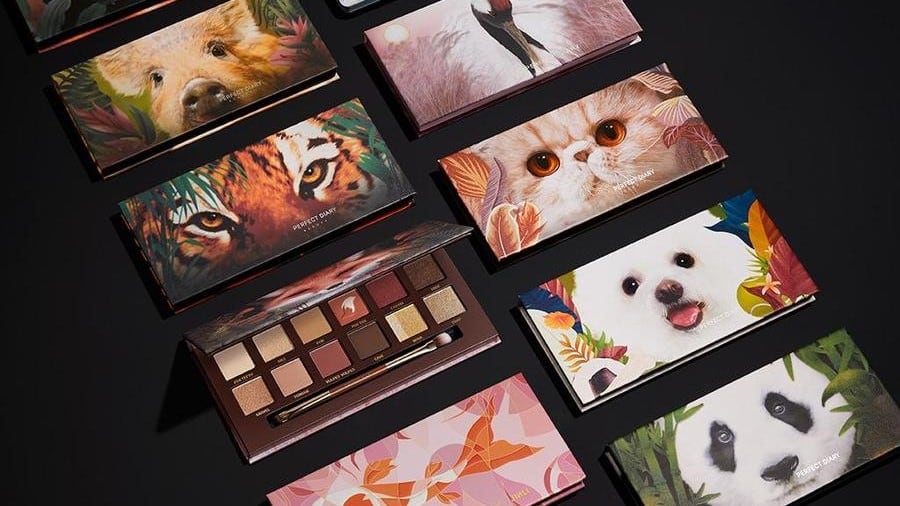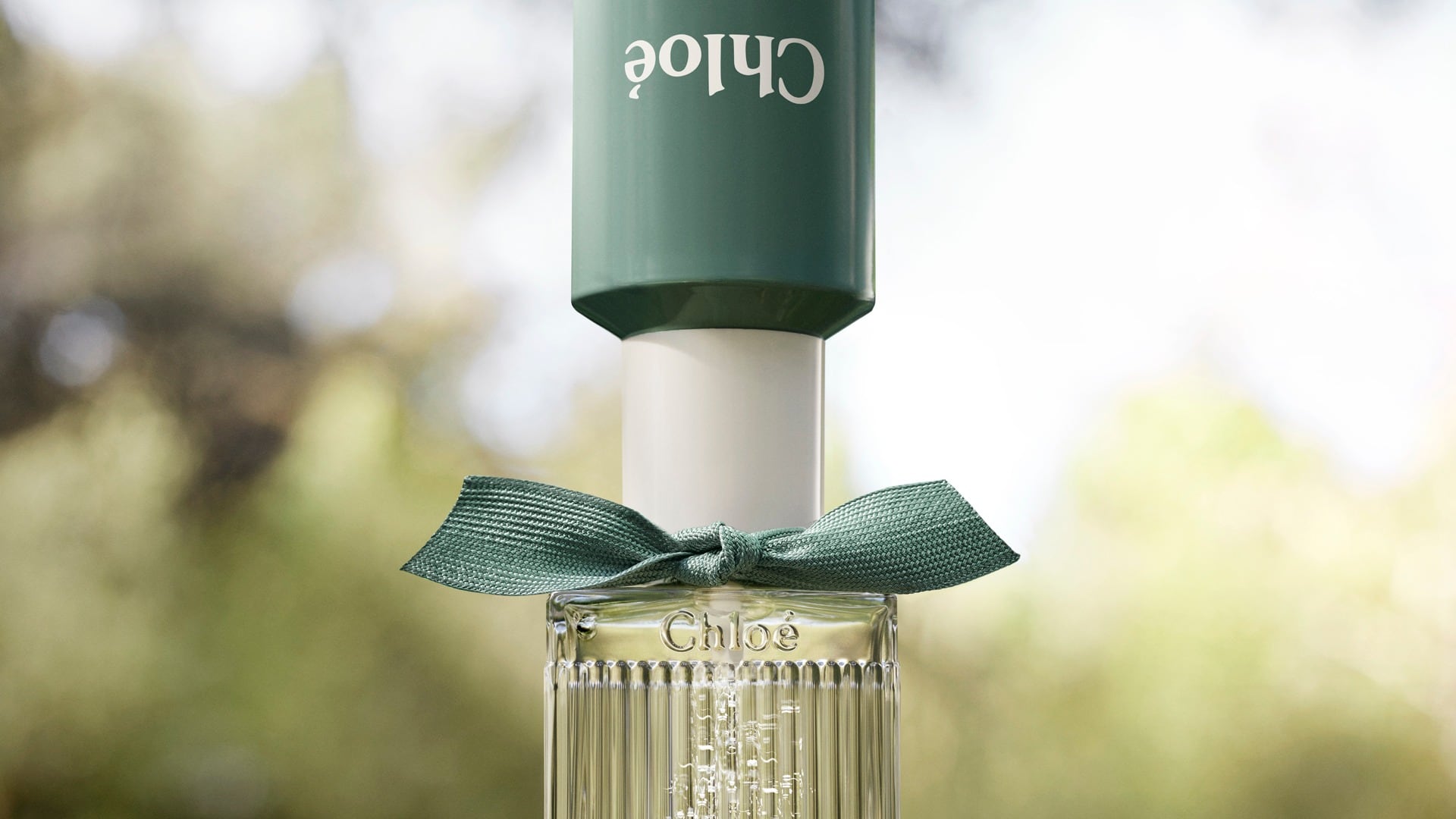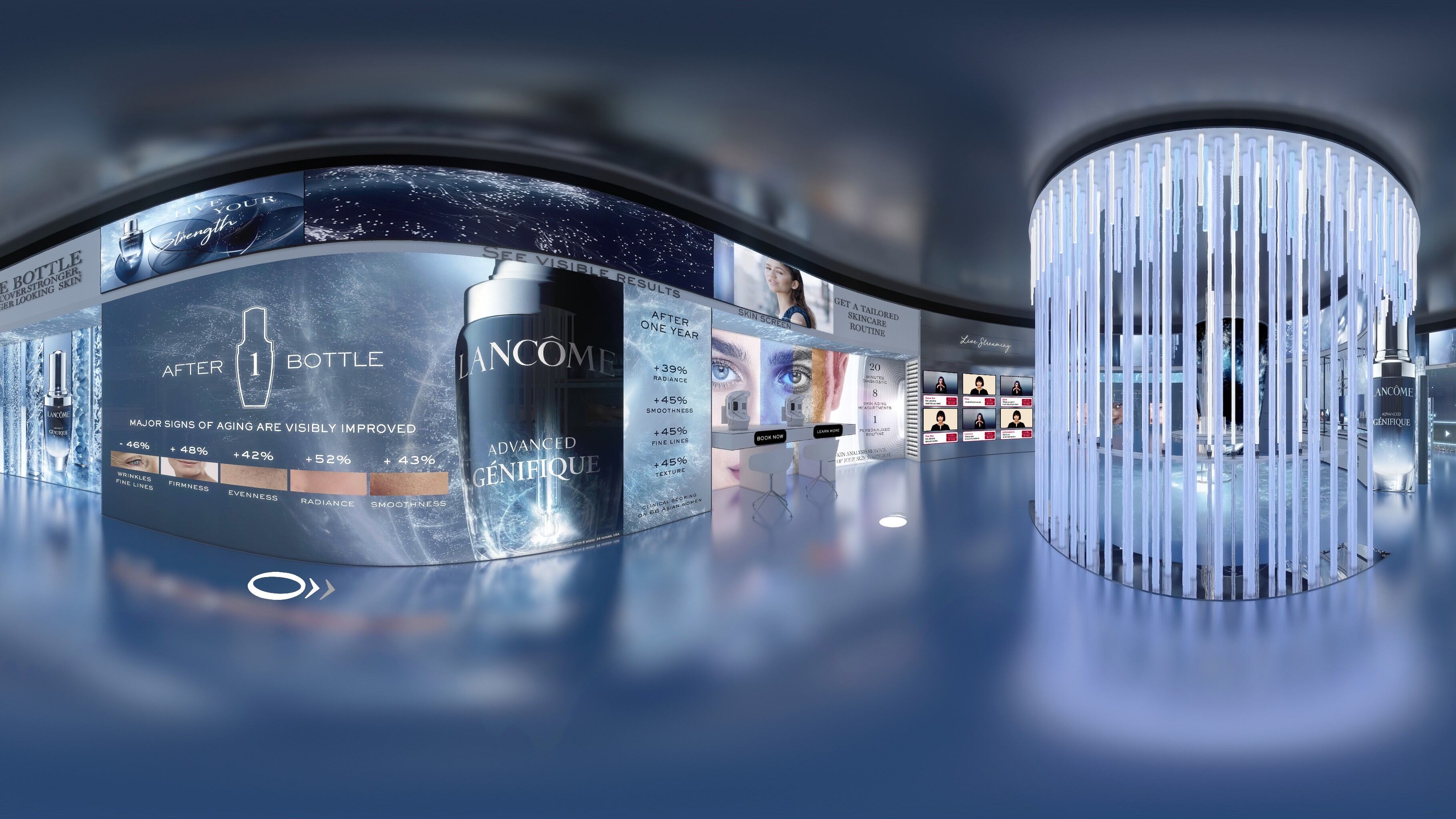It is no secret that every beauty brand would love to crack China’s dynamic beauty market. Today, it is the second-largest consumer market for cosmetics.
The Middle Kingdom is the largest skin care market in the world and Mintel expects it to exceed USD60bn in China by 2050.
Opportunities are rampant not just in skin care but in other areas like makeup, fragrance, and hair care. The latter two are areas of major interest for beauty’s biggest players, such as Estée Lauder, which has underlined fragrance and hair care as its key future growth drivers alongside skin care.
With often excruciating import and beauty regulations, many brands have sought to break into the Chinese market through cross-border e-commerce (CBEC). Before China changed its animal testing laws in 2021, opting for CBEC was a popular choice for many beauty brands that wished to bypass it and retain its cruelty-free ethics.
The success beauty companies have found in China’s e-commerce space is often the stuff of fiscal fairy tales. By now, we are all familiar with the tale of how China’s top beauty influencer Austin Li Jiaqi sold 15,000 lipsticks in five minutes, beating Alibaba founder Jack Ma in a live-selling competition.
Over the years, CosmeticsDesign-Asia has reported on a raft of brands that have launched on China-based e-commerce platforms like Tmall Global and JD.com to great aplomb.
UK-based male beauty brand Shakeup Cosmetics saw its tinted moisturiser beat top brands like Kiehl’s, Chanel, and Tom Ford to become the top premium BB cream on the e-commerce platform just three months after its launch in July 2020.
The following month, its Tmall Global store reached GBP35,000 (USD49,000) in sales in the first hour of the Singles’ Day shopping festival.
Swiss skin care brand Evenswiss, also found success swiftly in China’s e-commerce space. After debuting almost four years ago, it is one of the brand’s most lucrative markets.
Over its first three years, the business in China grew three to four times annually. This has fuelled its confidence to expand in the wider Asian region.
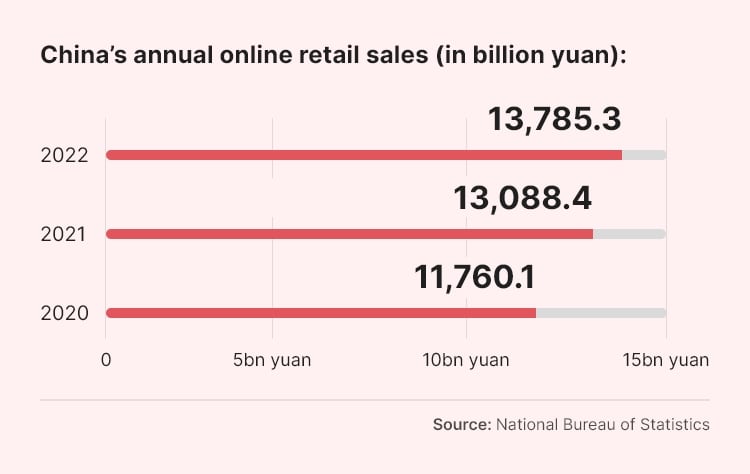
First steps: An exercise in ‘growing grass’
Like the myth of El Dorado or the Californian Gold Rush, stories of remarkable success in China’s e-commerce space have been the siren song that has driven the rapid influx of fortune seekers. Competition may be challenging and intense, but the opportunities for big profits are often worth the risk.
“The beautiful part about China is that it’s so big that even a niche is a big enough market for a brand,” said China e-commerce expert and consultant Ting-Ting Zhang.
Having said that, she cautioned that expanding into China takes advance planning – planning that does not necessarily begin with sales right away.
“There are many brands that start out not doing any selling, they just start telling their story, gaining fans and followers. From there you build awareness and word of mouth will populate the mainstream platforms.”
This process can take as long as six months to even a year. “It’s like being a gardener; you must grow grass – that’s literally what the Chinese call it. Then when you do start selling, people will identify you as an authority, an expert and propagate that story you tell them,” said Zhang.
Atelier Rebul, a 128-year-old Turkish fragrance house, forged a connection with Chinese consumers by sharing its storied past. By emphasising its heritage, it was able to convey its fragrance expertise in an authentic manner.
“I think what makes us successful in the market is our authenticity that is carried from our heritage. Atelier Rebul is a brand that brings quality and experience from 1895. It brings the heritage of scent, the scent expertise, and the pharmaceutical heritage to today. It’s a unique blend of modern and mystique,” explained Deniz Günay head of marketing at Atelier Rebul.
One surefire way to get the Chinese consumer’s attention is with science. Beauty brands like Evenswiss have built a very successful business in China by being a science-led and ingredient-led brand.
“Evenswiss is a brand that starts from science. We have studied the unique pathways of regenerating the skin for 30 years. This is not marketing; it's proven by science with 30 years of clinical trials,” said Alex Petrone, vice president and board member of Swiss UT Group, parent company of Evenswiss.
The brand’s proprietary ingredient is Dermatopoietin, which works by sending a signal from the skin's surface to the skin's depth to stimulate the production of collagen and elastin, among others.
How Dermatopoietin works to benefit the skin is communicated heavily to consumers through its marketing collaterals as well as key opinion leaders (KOLs), which the Chinese consumer appreciates greatly.
“The Chinese have a general capacity for taking in detailed content that’s much greater than a Western consumer. They're much more willing to read about ingredients, and they want that they want to know what that ingredient does for that particular issue,” Allie Rooke, Clean Beauty Asia founder and Chinese beauty market guru.
This behaviour is rooted in their heightened awareness of safety after several high-profile food safety scandals.
“I think that's probably where it stems but they’ve moved on from that. They are willing to spend that time to research rather than just rely on someone's recommendation because they want to get the best product possible,” said Rooke.
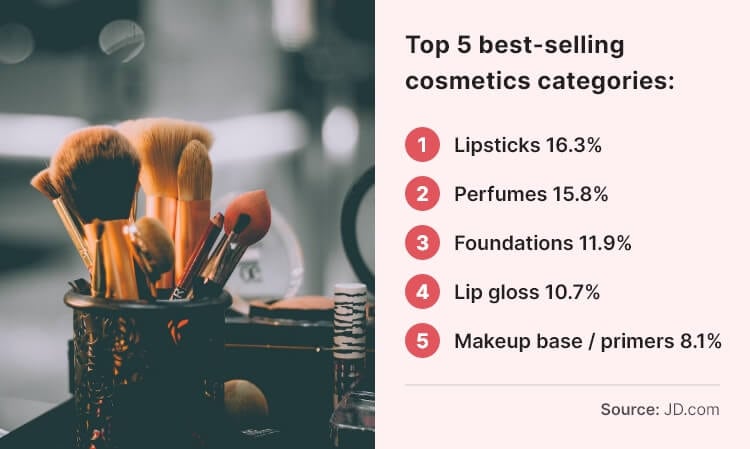
A vital choice: Picking the right platforms
When it comes to raising awareness in the beauty scene, brands must also decide which social media platforms to establish themselves on – not an easy feat considering the number of local players on the scene, such as Weibo, Kuaishou, Bilibili, Pinduoduo, Zhihu and more.
Little Red Book, known locally as Xiao Hong Shu or RED, is one of the most important platforms for beauty brands. Powered by user-generated content Little Red Book is a hub for beauty trends, tips, and recommendations by real consumers, which reinforces trust in the community.
“For almost every beauty brand, if you were going to choose one platform, you would choose Little Red Book from a marketing perspective,” said Rooke.
“The thing about Xiao Hong Shu is that it’s a search engine – that’s what I think a lot of people don’t understand, it’s not just another social media channel. It’s an amazingly powerful search tool and consumers use it for research.”
A near equivalent to Little Red Book in other markets is Pinterest.
Australian cosmetics company G&M Cosmetics, which manufactures and exports several brands into China, including Australian Creams and P’URE Papayacare, has favoured Little Red Book as well as Douyin – TikTok’s China counterpart.
The company, which has been exporting to China for over a decade now, has only recently begun utilising these social platforms to grow its brand awareness.
“When we started out in 2006 or 2007, our first campaigns were on the metro and buses. And that was it, from there, it was always word of mouth. We don’t [advertise] as heavily as other brands. However, times have changed, and things are changing. On top of that we are bringing in new brands that may not be as familiar to the local consumer,” explained Peter Bosevski global marketing and sales manager for G&M Cosmetics.
“For our newer brands, like P’URE Papayacare which we launched in China about two years ago, we’re looking for almost instant engagement. So [Douyin] and Little Red Book, have been good for us to spread the word-of-mouth, especially for our new brands.”
At the same time, both Little Red Book and Douyin also have e-commerce sides to their platforms. The latter has rapidly emerged as a major player in China, rivalling giants like Tmall and JD.com.
“Traditionally brands would go to Tmall, that’s the route for independent brands and newer brands coming on. But Tmall has been losing market share quite significantly over the last 12 to 18 months. The big disruptor to that is Douyin. Its e-commerce only started within the last two years and there’s been a lot of traction,” explained Rooke.
“What’s interesting about Douyin is that it initially started with low price point products like soft drinks but now we’re seeing high-end skin care brands selling well on Douyin. There’s been a real shift because that’s where consumers are spending their time.”
On the other hand, Little Red Book has not proven to be a lucrative platform for business in Rooke’s experience.
“Its e-commerce aspect has been there for ages, it’s just that for every brand I've ever worked with on Xiao Hong Shu, sales are really low. It's very difficult, people are just not used it buying on Xiao Hong Shu.”
Zhang cautions that brands must do their due diligence before committing to an e-commerce platform.
“There are so many platforms, and it’s about what is most suitable for your brand to tell the story. There is VIP.com, which gives the impression that it’s a flash sale site. Some people go onto VIP.com then wonder why it's priced 10% of the original RSP when that’s the nature of the game.”
Moving forward, Zhang foresees that the market will see more platforms and applications popping up to vie for a piece of the pie.
“I think there will be more and more small players. It will be increasingly fragmented, and I think that’s really good. If you’re a new upstart, you can’t possibly compete with the big boys, so you must go really niche. You need to know why you are engaging that platform and to what end.”
Additionally, brands can consider platforms based on the demographic they hope to target as platforms have concentrated followings from different cities.
“Tmall Global has a strong connection with tier one and two cities, whereas in the lower tier cities, you’re going to have a higher penetration with Pinduoduo, where there are more group deals. JD as well as has a better penetration with lower-tier cities,” said Rooke.

KOLs: Expensive but essential
With a population that exceeds 1.4 billion people and famously discerning tastes for beauty and personal care products, it is valuable to have someone the consumer trusts batting on your side.
Key opinion leaders (KOLs) are influencers and thought leaders that consumers look up to for tips, advice, and buying choices. They are equipped with the skills of presenting and selling. More importantly, they have the ear and trust of their followers. They act as heralds helping brands gain exposure, or directly sell products.
“For marketing in China, it’s almost non-negotiable. The impact from one KOL, even if they don't have a lot of followers is massive,” said Rooke.
KOLs can be celebrities or social media influencers. In recent years, G&M has engaged Chinese diver and five-time Olympic gold medallist, Wu Minxia.
“We worked with her mainly through TikTok where she has five or six million followers. We worked with her on some of our products and new brands that we started to move into the market in China and it’s working,” said Bosevski.
He emphasised that the company has only recently begun utilising KOL marketing, reiterating that times have changed and the need for influencer marketing in China has become greater.
“We’ve realised that we also have to play in that space as things change. Because of COVID, people are walking into supermarkets or cosmetics stores less, but online is where the eyeballs are, that’s where the fingers are,” said Bosevski.
Atelier Rebul credits its success in China partly to successful livestreaming collaborations with Li, one of China’s top KOLs, which resulted in “thousands and thousands of dollars” in sales in just a matter of minutes, co-CEO Nuket Filiba previously told us.
Günay added: “We’ve collaborated with Austin Li more than once and it was very successful. I think when you’re online it's an important thing to do. We also collaborated with KOLs to localise the content and context. In the upcoming period, we will focus more on our heritage storytelling with them.”
While partnering with a KOL is vital to a brand’s journey in China, it can be a costly investment – costlier if you end up choosing the wrong collaborator.
“The major con is that they’re so expensive. And you also have to pick the right ones. Sometimes you pay the KOL a huge amount of money, they promote the brand but not very well and then you don’t get any impact,” said Rooke.
“It’s very difficult to find the right one. You have to find one that genuinely likes your products and the brand. A lot of KOLs constantly promote brands even if they don’t really believe in the product. And consumers are increasingly aware of this, and they can see through it. I think that's the biggest pitfall that brands have to navigate, they have to really find KOLs that love their product. But influencers are essential.”
At the same time, it is important not to rely too much on KOLs for sales. Zhang noted that most KOLs will maintain their right to provide their honest opinions.
“I feel that you can end up beholden to that person for your sales – that person is not going to build your brand for you. Let’s face it, he or she is going to have his own brand. You want to tell your own brand story on your own terms and not on someone else's terms.”
Collaborating with KOLs on products is a popular way for brands to leverage their vast fan bases and reach new audiences.
“A good way to work with KOLs is to develop a product specifically for them. And then this product cannot be found anywhere else. That actually is the proper way to work with KOLs.”
Fashion brands such as Givenchy and Lanvin have done such collaborations with top KOL Tao Liang, also known as Mr. Bags, releasing limited sets of handbags, made exclusively with his fans in mind.
Helping hands: Local partners crucial
China’s sheer size and scale present unique challenges. When it comes to distribution, Brands are cautioned against going in alone and will require someone who understands the nuances of the local landscape intimately.
Evenswiss, for instance, works with local partners, which do not just help with selling but also help with other aspects such as helping the brand engage KOLs.
Zhang and Rooke both agreed that working with a local partner was a necessity. There are primarily two types of partners brands can work with, distributors or service agents. Here, companies need to make another crucial choice.
“Brands have to decide if they want a distributor or keep more control and work with a service agent model. Distributors buy stock, meaning they have skin in the game, while you pay the service agent and they don’t have inventory risk,” explained Rooke.
Unfortunately, not many distributors are willing to jump at the opportunity to introduce and build up new brands in China.
“The struggle that is happening at the moment is that a lot of operational partners are nervous about taking on new brands – brands that are not already big. There have been a lot of brands that haven’t succeeded, and a lot of money lost both on brand and partner side,” said Rooke.
“Distributors are not that keen on taking on brands going from zero to one. So, I think a lot of brands so have to start with a service agent model to prove they can make it.”
Another thing to consider is the skill set of the partner you have selected. Zhang highlighted that it was becoming more important for brands to seek out local partners that have proficiencies in new retail marketing.
“I think it’s best to get a partner in China, absolutely. A local partner who has run platforms and has a new retail marketing arm,” she said.
“There are a lot of ways to play and to get eyeballs on your product. A lot of digital design companies have popped up to create visual images, movies, a five-second animation to capture the imagination. You can even develop a game, there are all these ways to engage and interact with customers on the screen.”
Here to stay: How to maintain longevity in China
China is a market that develops at lightning speed – and online it moves even more rapidly. Once you are there, the challenge is to maintain your position and ensure longevity.
“It’s about changing and adapting, that’s what the last couple of years have taught us. We started to look at things we didn’t before, like KOLs. We were very used to what we were doing before, and our model was working. The changing market gave us the opportunity to switch on and keep moving with the times to make sure we have that longevity,” said Bosevski.
He added that the company kept a close eye on the market, looking for white spaces to fill and new customers to serve.
“We went into the baby category because we saw an opportunity there. It's about how we can find new customers and keep the brand refreshing. Right now, we are about to enter a new category which I can’t say much about at the moment.”
G&M has also been steadily expanding offline with retail partners such as Watsons and IGA China. For brands that are serious about China in the long term, an expansion offline is imperative.
US brand Dr Dennis Gross recently expanded offline with Sephora China mid-2022. Despite operating successfully in the CBEC space, it was tremendously important for the brand to expand offline in China, the most important market for the brand after North America.
“For us, the consultation and that intimate aspect of the brand is very important. We want to make sure the customers can feel the products and it helps to have consultations. We have a team in China that provides tailored consultations so we can provide a regimen that would be fully customised to them,” said Elsa Degioanni, director of international business development, sales and marketing.
When it comes to expanding offline, Zhang emphasises that brands must strive to create an experience for shoppers.
“If you're an online direct consumer brand, the only reason why you want to go offline is to connect with your followers and connect with your fans. In a market as big as China, the store has to be something really special. If it’s not and you’re just opening more and more shops, each shop will just feel less special every time you enter one.”
For Atelier Rebul, an offline expansion would be an extension of its storytelling. The brand is planning to expand offline in China soon with a unique store experience that would include personalisation services.
“We have our heritage store in Istanbul and the idea is that we will have one in each key city. So, there won’t even be two in Istanbul. It is not only a store but also a museum. From online to offline, we will keep telling that story of the heritage,” said Günay.
Making that first step into the China market is an intimidating step for most companies, not just in the beauty space. They say everything is possible in China, but none of it is easy. There are as many opportunities as there are pitfalls. The brands that do enjoy the rewards of navigating this difficult market are the ones that take the time to understand it and make well-considered moves.
But ultimately, cash is king, and it is no different in China.
“How to maintain longevity? Honestly, strong cash flow,” said Zhang. “Things ebb and flow so you must be able to weather the storm. We’ve seen a lot of brands disappear. The ones that have the staying power, it doesn’t mean they are the best – it means they have the strongest cash flow.”



